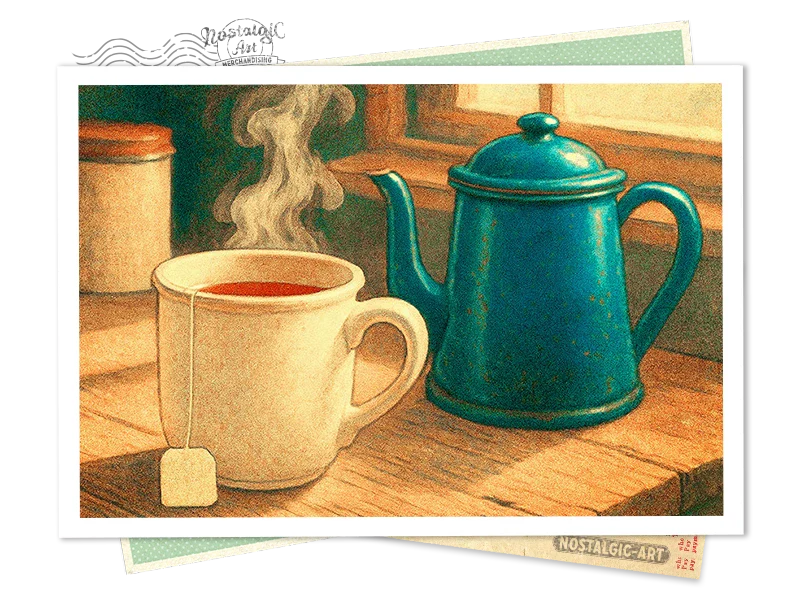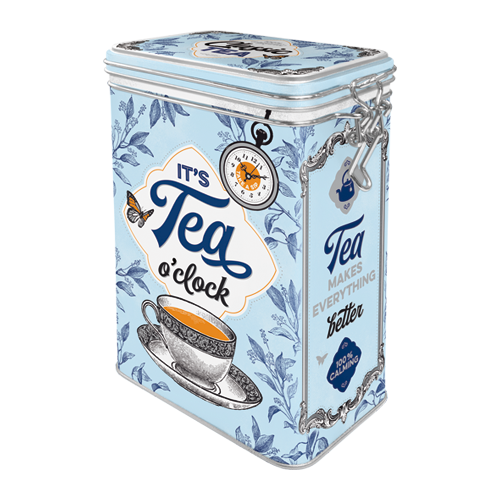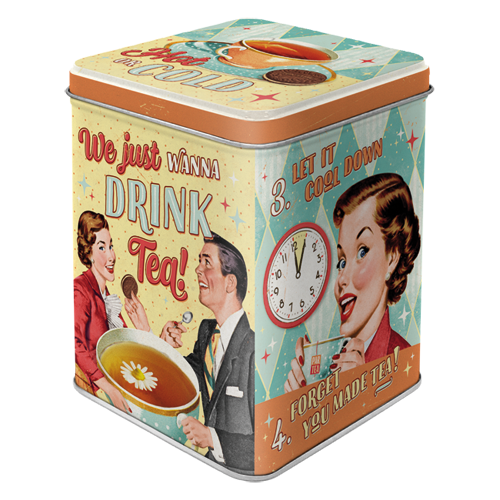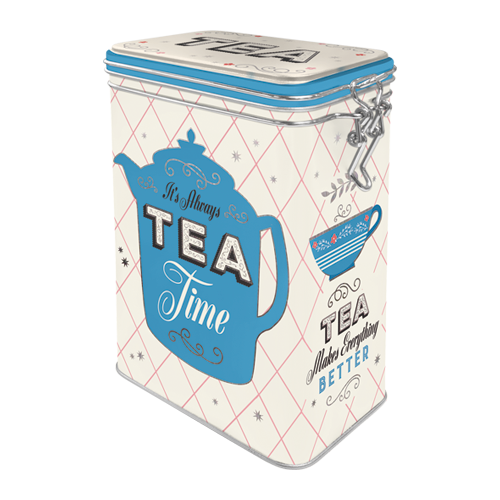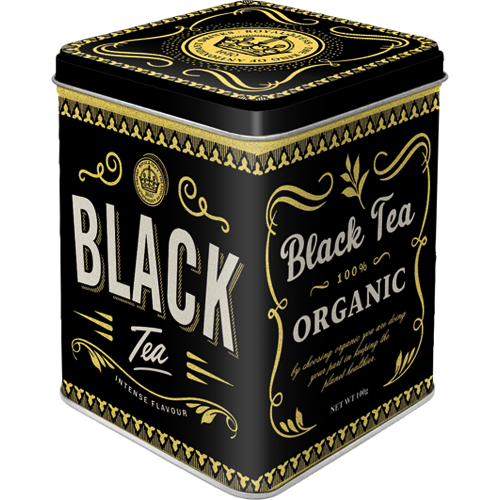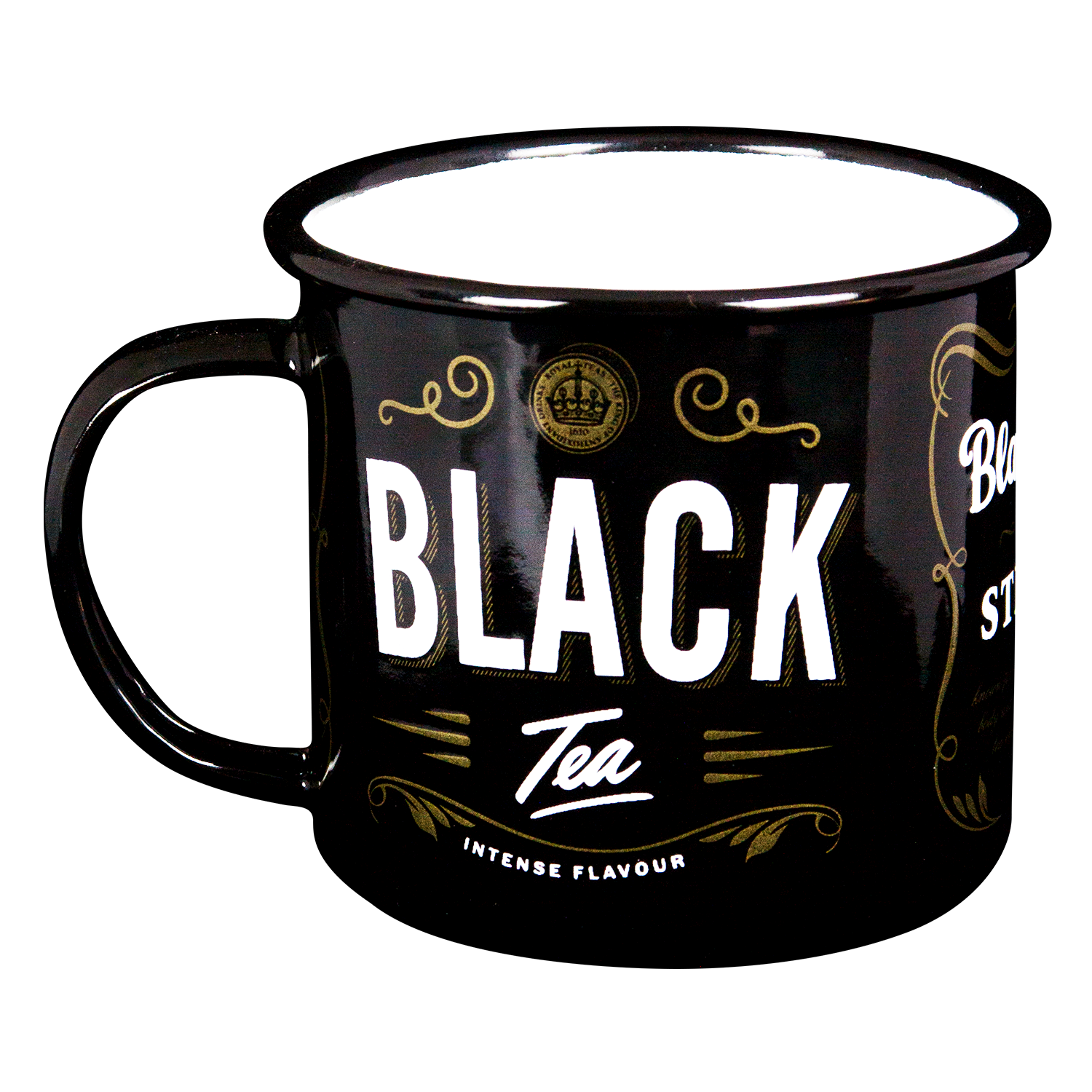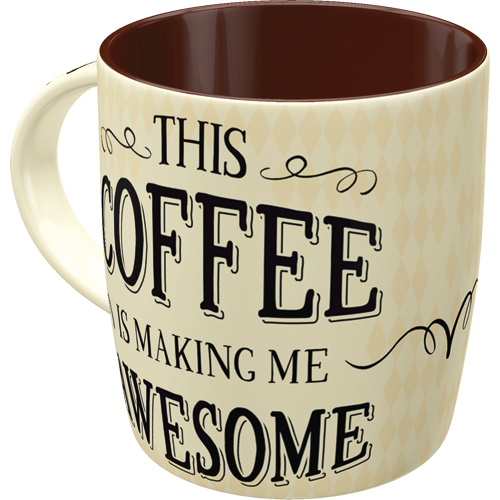“You don’t slam a cup of Earl Grey before a Zoom call. You wait for it. You steep. You pour. You slow down. And in that slowness, something subtle shifts.”
In our busy world, something surprising is happening at home: the tea corner is back.
Not just the drink, but the space—vintage tins, stacked mugs, handwritten labels. It’s showing up in kitchens, on office desks, and in Instagram reels with filtered steam and floral spoons.
At first glance, it may look like aesthetic nostalgia. But something deeper is happening.
Behavioral science suggests that moments like this—brief, low-effort rituals—serve a real function. A 2021 Journal of Occupational Health Psychology study found that short, intentional breaks (even just 5–10 minutes) significantly improve cognitive control, emotional resilience, and creative output.
It’s not about the tea. It’s about creating a structure for your mind to breathe.
Tea doesn’t hustle—and that’s the point
Unlike coffee, tea doesn’t fuel urgency. You don’t slam a cup of Earl Grey before a Zoom call. You wait for it. You steep. You pour. You slow down.
And in that slowness, something subtle shifts.
You’re not just making tea. You’re disengaging from task-mode. You're signaling to your brain that it's okay to pause—not out of weakness, but by choice.
Psychologists call this strategic disengagement: the deliberate interruption of productivity patterns to give your brain space to recalibrate. It’s the same principle behind why great ideas come in the shower, or why stepping away from a problem often solves it faster than staring at it.
The tea ritual gives your mind permission to wander—and that’s where insight lives.
“Most people don’t need another productivity hack. They need a reason to take five guilt-free minutes without their phone.”
The tea corner is more than cute. It’s a decision.
At first, tea corners may look like curated comfort: retro tins, ceramic mugs, warm lighting. But they’re doing more than decorating a space—they’re communicating identity.
They say:
- I value pause over pressure.
- I make time for intention.
- I believe not everything has to be optimized.
In a culture that rewards always-doing, claiming a space for non-doing is quiet rebellion.
The objects we place in our spaces aren’t just functional. They’re symbolic. A tea kettle isn’t just a kettle—it’s a signal that it’s okay to rest and reset.
It’s not a design trend. It’s a lifestyle reframe.
And here’s the thing: most people don’t need another productivity hack. They need a reason to take five guilt-free minutes without their phone.
How to build a smarter pause into your day
A tea break is tiny but powerful. Because the break isn’t about breaking. It’s about building better thinking.
You don’t need an elaborate setup.
Just a few ingredients:
- A dedicated space (desk, counter, cart, windowsill)
- A mug you actually like
- Loose-leaf or bagged tea (bonus points for a tin with history)
- A reminder—either time-based or sensory—to make it part of your daily rhythm
And most importantly: zero expectation to be “on” while you do it.
No email. No multi-tasking. Just water, steam, and stillness.
This is what researchers call a boundary ritual—a consistent cue that helps your brain transition between work and recovery. For example, putting on real pants when you work from home or closing your laptop at the same time every day.
"Just a warm mug. A few quiet minutes. And the decision to give yourself a little space in the middle of everything else."
A teacup doesn’t hold much. But it holds enough.
Five minutes doesn’t seem like much.
But when done with intention, it can create space for your brain to recalibrate, your nervous system to settle, and your perspective to reset.
So if you’ve been feeling overclocked lately, maybe it’s not more effort you need—but less.
Less input. Less urgency. Less noise.
Just a warm mug. A few quiet minutes. And the decision to give yourself a little space in the middle of everything else.
It’s not just a ritual.
It’s resilience—steeped one pause at a time.






